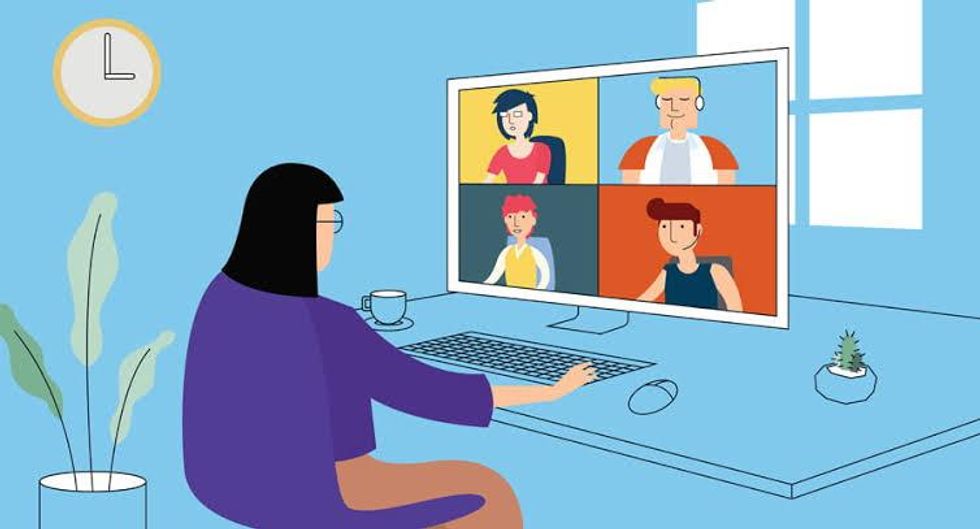New technologies are used in classrooms, such as video conferencing for conferences, small-group and one-on-one learning, and tutorials. The use of video conferencing in Education has several significant advantages. Education may become more accessible by making classes and other educational opportunities and activities available online. The proper use of video meetings in the classroom can increase learning opportunities for participation and engagement, according to many students and instructors.
Growing from Local to Global Collaboration
A desktop computer, a laptop, and a closed tablet are seen in this at-home learning computer setup. Anyone can learn something by reading a book. But when we can visualise and work together, we know more effectively and retain information.
This is especially true when using modern technologies like screen sharing and live YouTube streaming. With video conferencing technology, students from all over the world may congregate in one location.
As a result, individuals with various viewpoints, experiences, beliefs, and upbringings enrich the learning environment. Intercultural bonding and sharing take place within the framework that video conferencing offers.
Consequently, this starts a dialogue and encourages online learning settings, which eventually serve as the breeding grounds for concepts that provide more profound knowledge. That's group learning at its finest!
Distant Learning Gains Influence
Students living in more remote areas with limited infrastructure and resources might gain a lot from a course with an intense video conferencing component. An educational program that emphasises digital learning can consist of the following:
● Prerecorded materials (webinars, lectures, etc.)
● An e-library
● Pre Recorded and live webinars
● Lectures may be captured on video or streamed in real-time.
● group breakout sessions during a course or class delivered online
● Extra assistance from tutors during an online meeting
Text chat during virtual conference allows for question-asking without disrupting the lecture or class. Students can send questions or comments in secret or for public viewing.
Additionally, kids might feel even more supported by asking classroom assistants for additional assistance or locating a tutor for more concentrated study. Group talks and Dialogues are still an option, as well as group work.
Strengthening Curriculums
In the past, most lessons were taught using a chalkboard or a big paper flip chart with markers. Today, video conferencing provides a more cutting-edge and effective substitute, allowing us to immerse ourselves visually and aurally in high-definition videos with crystal-clear audio.
There are now incredibly life like virtual field trips that you may participate in and learn from.
Video gives a chance to communicate with experts overseas and engage with other students from various institutions or people in foreign countries or alumni, among different ways curriculums have become more comprehensive. This two-way learning dynamic is more engaging and offers an entirely new perspective on integrated learning.
Self-Paced Education Is Widespread
Learners can gain from video conferencing while using on-demand and prerecorded lessons and learning resources. Online study may offer more flexibility for students, whether they are teens or adults seeking post-secondary education or continuing education. Students may combine their dedication to their education with other responsibilities when learning is self-paced.
Especially for parents who remain at home, those with full-time jobs, or business owners.
Classes may be planned and recorded for subsequent viewing. Archives, student portals, and even assignments may all be downloaded and worked on as needed online.
Streamlining of Administration
No matter how many students attend, a brick-and-mortar or online institution's administration has to run like a well-oiled machine. In education, video conferencing is for more than just students who need to study. In actuality, it's a crucial administrative tool that maintains open lines of communication between departments.
















